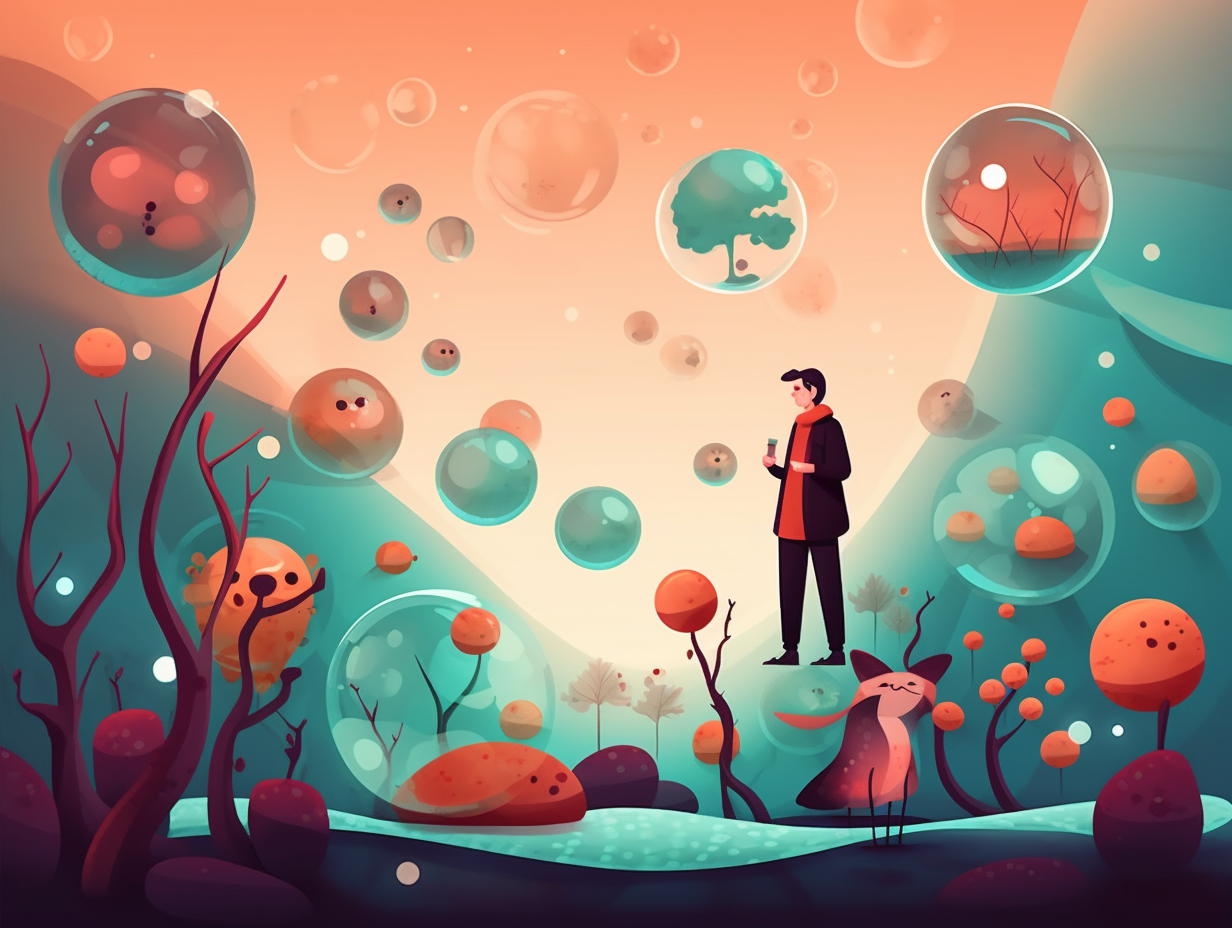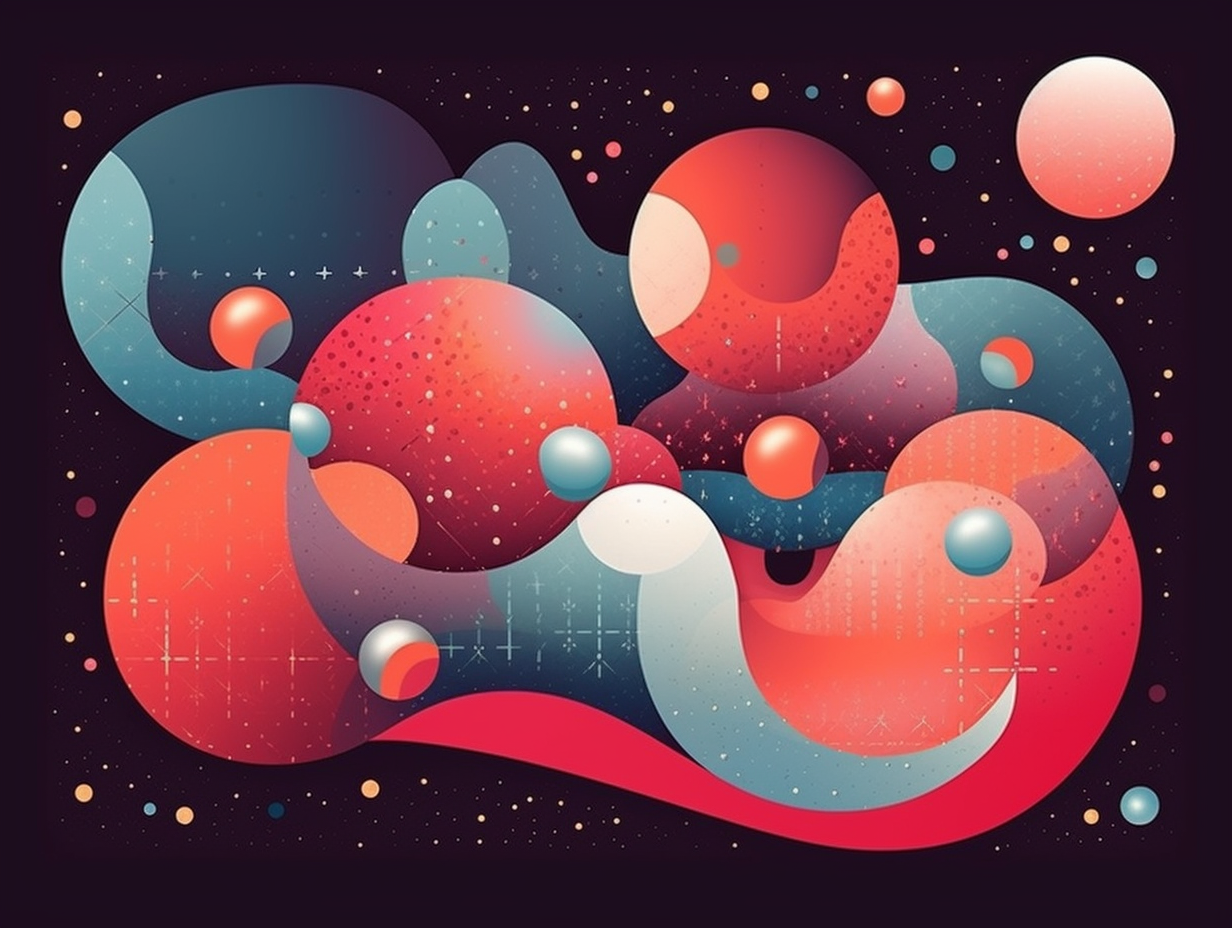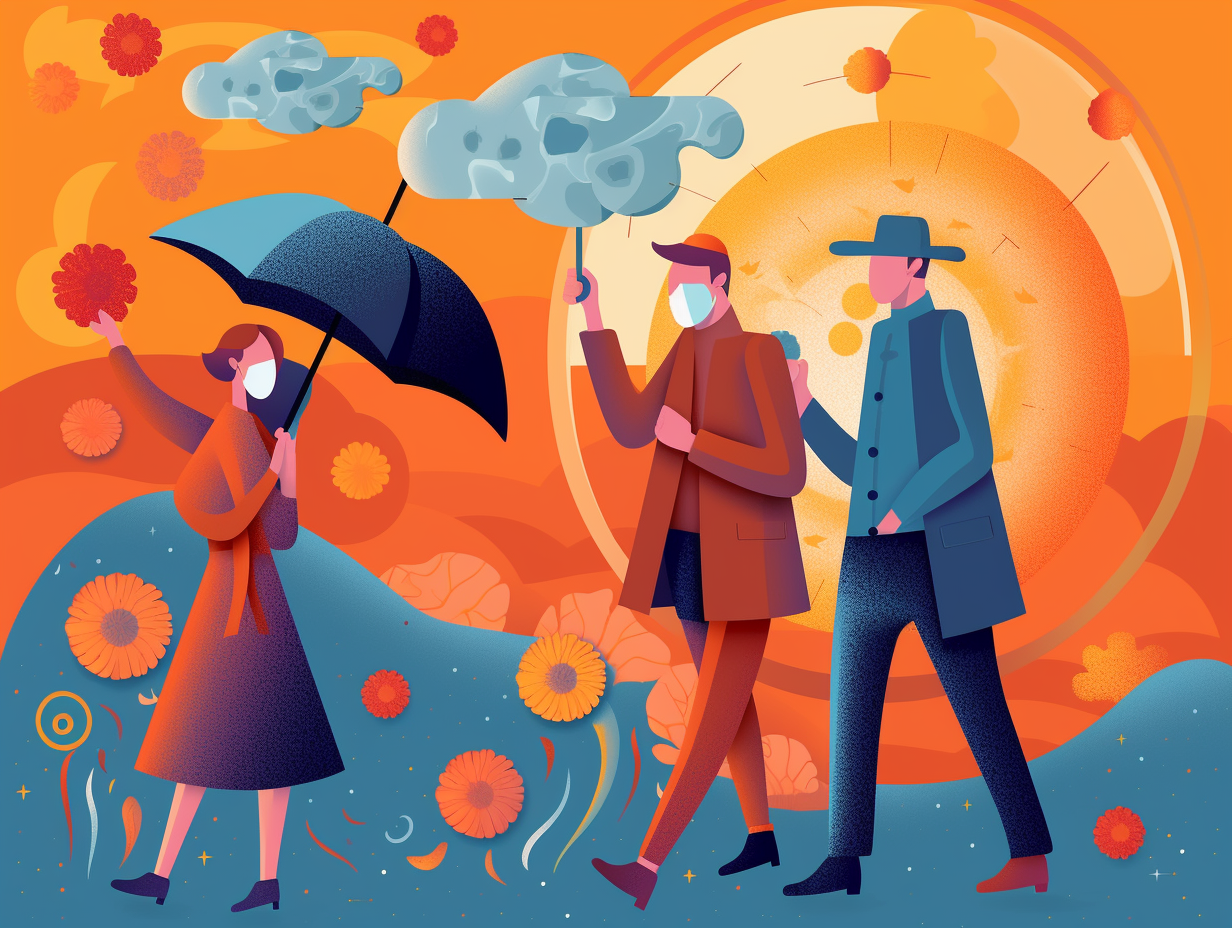Top 13 Exciting Mitochondria Fun Facts: Unveiling the Hidden Marvels of the Cellular Powerhouse

1. Swipe-Free DNA Nightclub
Don't worry, there's no swiping left or right here: Mitochondria inherit their DNA solely from the mother, thanks to the egg's exclusive genetic nightclub. This maternal inheritance creates a circular mitochondrial DNA that doubles as a human ID, earning a spot in genetic disorders, and causing some headline-making "three-parent baby" drama.
Source => mcgill.ca
2. Power Couple: Mitochondria & Chloroplasts
They say teamwork makes the dream work, but in the case of mitochondria and chloroplasts, it's more like "dating before mating": these organelles were once independent bacterial cells that decided to shack up with host cells for the ultimate power couple! The serious reveal: Mitochondria and chloroplasts have their own DNA, produce essential proteins and enzymes, and are the byproducts of an evolutionary symbiotic relationship, with their double membrane hinting at a bacterial origin – though they cannot reproduce independently and rely on the host cell for division.
Source => learn.genetics.utah.edu

Did you know salamanders are slimy superstars that can regenerate lost limbs, organs, and tissues? Discover their amazing abilities in our fun facts about cells!
=> Fun Facts about Cells
3. Cellular Overlords
Like the powerhouse family who manages the town, mitochondria are the cellular overlords keeping everything running smoothly: These mighty energy providers even control a cell's life cycle and contain their own DNA, passed down from the maternal line, with mutations potentially causing a variety of genetic disorders.
Source => nature.com
4. Mitochondria-Chloroplast Love Story
Once upon a cell, there was a story of love, ingenuity, and codependency: a tale of two microorganisms that shacked up until the end of time (or at least until any apoptosis do them part). In this epic cellular soap opera, mitochondria and chloroplasts abandoned their bachelor lifestyle to become roommates with benefits in a host cell: The serious reveal: Previously free-living bacteria, mitochondria and chloroplasts embarked on a permanent endosymbiotic relationship, not only sharing nutrients but also transferring their genetic material into their host's genome, with mitochondria fueling the cell with energy and chloroplasts converting sunlight into sugars in plant cells. Lynn Margulis first proposed this love story in the 1960s, now backed by decades of scientific evidence.
Source => evolution.berkeley.edu

5. Organelle Flirting
Move over, high school biology, there's a scandalous love affair occurring between mitochondria and chloroplasts, whispering sweet chemical nothings into each other's... membranes: Mitochondria, our cellular powerhouses, have a secret language with chloroplasts, former enslaved bacteria, as they jointly modulate energy balance, maintain homeostasis, and influence cell longevity—with some even suggesting this flirty connection may see chloroplasts cozying up in animal cells.
Source => ncbi.nlm.nih.gov
6. Mitochondria: The Ultimate Over-Packers
You know how you cram all your clothes into that tiny suitcase for a weekend trip? Mitochondria are the ultimate over-packers: they stuff their folds, called cristae, with tons of membrane to boost their ATP synthesis game: The formation of these nifty cristae is connected to the dimerization and oligomerization of the mitochondrial ATP synthase, particularly involving the fancy non-essential subunits e and g. Mess with these subunits, and you'll get a mitochondrion with a fashion faux pas of uncontrolled biogenesis and folding. Stay chic, mitochondria!
Source => ncbi.nlm.nih.gov
7. Mitochondrial Mid-Life Crisis
Did you hear about the mitochondrion that went to a therapist to address its energy production issues? It turns out it was just having a mid-life crisis: Mitochondria are essential for producing ATP through oxidative phosphorylation and play a crucial role in cell physiology, with their dysfunction impacting ATP synthesis, calcium homeostasis, metabolic pathways, and radical production, contributing to aging and various diseases.
Source => ncbi.nlm.nih.gov
8. Mitochondria: Our Body's Energizer Bunnies
Feeling the squeeze of a broken heart or a heavy liver? Might just be your mighty mitochondria flexing their muscles: These cellular powerhouses make up 40% of each heart muscle cell, 25% of liver cells, and are responsible for generating over 90% of your body's energy, especially in high-energy organs like the heart, liver, muscles, and brain. But beware, mitochondrial disease affects 1 in 4,300 people globally, causing these hard-working organelles to falter in their energy production. Thankfully, research and individualized treatments are on the rise, aimed at patching up our quirky little energy factories.
Source => chop.edu
9. Mitochondrial Batteries Included
Batteries not included – or are they? When it comes to our bodies, it turns out mitochondria are our own personal Energizer bunnies: Each of us has the potential to inherit mitochondrial disorders from genetic mutations in both our nuclear and mitochondrial DNA. Common forms of these rare and lesser-known disorders can cause symptoms like muscle weakness, fatigue, exercise intolerance, and vision loss. The more we study these energizing organelles, the closer we get to unwrapping their mysteries and powering up new treatments.
Source => chop.edu

10. Brain-Chilling Mitochondria
Who said mitochondria don't have a great sense of humor? They're always up for a "chill" session, keeping your brain cool as a cucumber: Scientists have found that in individuals with mitochondrial diseases, brain temperature remains lower than in healthy people even during brain activation, showcasing a potential link between malfunctioning mitochondria and conditions like blindness, deafness, movement disorders, dementia, and even aging!
Source => ncbi.nlm.nih.gov
11. Marie Kondos of the Cellular World
Mitochondria are the Marie Kondos of the cellular world, tidying up damaged proteins and sparking joy by recycling them back into the cell's cycle: In a process called mitophagy, they participate in the sorting and breaking down of malfunctioning components to prevent a pile-up of clutter, which could otherwise result in neurodegenerative diseases like Parkinson's and Alzheimer's.
Source => sciencedaily.com
12. Groovy Mitochondrial Dance Moves
Mitochondria might just be the ultimate party animals of the cellular world; they're all about that funky fusion and fabulous fission: These tiny powerhouses not only produce energy for our cells, but their ever-changing shapes and dynamics play crucial roles in various essential body processes, such as neuronal plasticity, muscle atrophy, and cell death programming. Recent studies even suggest that their dynamic dance moves can impact immune cell migration and activation, proving once again that they're not just groovy energy generators!
Source => ncbi.nlm.nih.gov
13. Mitochondrial Vegas-Style Magic Show
Step right up and witness the marvelous mitochondrial magic show, where pyruvate transforms into acetyl CoA in the blink of an eye, setting the stage for an energy extravaganza that puts Las Vegas to shame: In this pivotal backstage production, the citric acid cycle – also known as the Krebs cycle – kicks off cellular respiration, leading to the magnificent creation of ATP, our body's ultimate powerhouse currency!
Source => khanacademy.org
Related Fun Facts




















